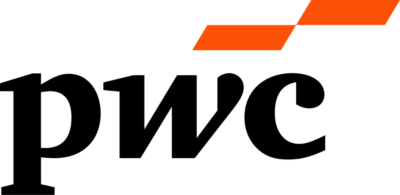PwC shares its evolution toward becoming a skills-based organization and the steps it took to achieve a successful transition.
Often during projects, leaders can try to boil the ocean or hone scope into something achievable that can add tangible value. When turning on the Workday Skills Cloud in PwC, we set three main objectives for the project:
- Reinvigorate the use of skills across the organization
- Embed skills in our business processes so they can be fundamental to the way we work
- Migrate all data from our existing solution to Workday Skills Cloud
Given our project scope, change management was a key part of the process. You can turn the technology on and you can manage the wider technology impact, but if you don’t support your business in driving the behavioral change, that change can fall flat.
One of our very first steps, determined by a series of impact assessments, was to encourage the businesses locally to really think about the technology and behavioral impact of this change. This didn’t necessarily mean they were ready to support that change—many of them weren’t initially—but it was important to start the conversation early. Often change can be the afterthought, and we wanted to take a more proactive approach.

We have offices in 152 countries, so it wasn’t sensible to bring everyone into the initial design sessions. Instead, we picked a small group of small and medium enterprises (SMEs) from various territories to do that design work on behalf of the PwC network.
During design, we focused on those processes where the skills were very relevant and where we could also nudge people to refresh their skills regularly, driven by machine learning in Workday. We also took the opportunity to connect our badging system so that the skills flowed directly from new badges to the worker profile. Once design was complete, we opened up a familiarization tenant so that other territories could get their hands on it, play around with what was going to change, and help build their confidence before our go-live.
This was the first time that we’d used machine learning in the context of people data, and so we knew that we also had to engage with our territories and help them become comfortable from a data privacy perspective. By the time we got close to deployment, we had 85% of our territories confident that they were on track to go live at the agreed date. The other 15% deliberately chose to drive their change management at a different pace to align with business priorities or their local performance cycle.

Despite a small change budget, we were able to help create a vast number of assets, including a video from our chairman, supporting this change. We gave the territories a collection of content that they could pick up and tailor in the way that suited them. We weren’t prescribing how each territory should manage this change; rather, we produced a toolkit for their deployment. This included posters, key talking points, personas, quick reference cards, and more.
Since implementing Workday Skills Cloud, our percentage of recorded skills has actually gone up by 90% in 1 year and now includes nontechnical skills, which we haven’t included previously. We were keen to measure our success in a tangible way, and now we have a global dashboard and skills maturity matrix. These tools allow our stakeholders to look at how well they are adopting skills—enhancing our skills information and helping make it better than before. We recognize that becoming a skills-based organization is not something that you can do overnight. Our skills journey continues to evolve, and we are excited to adopt and embed new Workday Skills Cloud features as they emerge.
Related Content

